Wearables have become our personal health assistants. From tracking steps to monitoring heart rates, they’ve enabled us to become more aware of our bodies than ever before. But a new frontier in wearable tech is emerging - tracking your microclimate. When you combine Microclimate with traditional wearable data, this promises to revolutionize how we approach health, fitness, and overall well-being.
Below is an in-depth look at how monitoring your immediate environment (microclimate) impacts your health, and how integrating this can help you optimize your wellness journey.
What Is Microclimate and why should you track it?
Microclimate tracking involves monitoring the immediate environment surrounding your body, including metrics like temperature, humidity, and ambient environment that occur between your skin and the external environment. When combined with other wearable devices that monitor internal metrics such as heart rate, blood oxygen, or activity levels, microclimate tracking creates a holistic picture of your health from which you can make individualized changes.
The Health Impacts of Microclimate Awareness
-
Enhanced Thermoregulation
Your body constantly works to maintain an optimal core temperature, especially during exercise or exposure to extreme conditions. Tracking your microclimate helps you understand how environmental factors like temperature and humidity affect your body, allowing you to adjust your clothing, activity levels, or hydration strategies accordingly.
For example:
- If your wearable detects an elevated heart rate during a run and your microclimate sensor shows high humidity, you’ll know to hydrate more or slow down to prevent overheating.
- In cold conditions, monitoring skin temperature alongside weather metrics helps you avoid hypothermia or frostbite by optimizing layering systems.
-
Improved Recovery
Post-exercise recovery often hinges on environmental factors. Tracking your microclimate during recovery periods can highlight whether your surroundings—like a room that’s too hot or dry—are hindering your body’s ability to bounce back.
Pairing this data with wearable recovery metrics like heart rate variability (HRV) enables you to create ideal recovery conditions, reducing soreness and improving performance for your next workout.
-
Precision Hydration and Energy Management
Dehydration and improper nutrition are common culprits behind poor athletic performance and general fatigue. By understanding how your body responds to different microclimates (e.g., high humidity or heat), you can tailor your hydration and fueling strategies.
For instance, pairing sweat rate calculations from a wearable alongside Mij data you can help you optimize water and electrolyte intake, preventing cramping or heat exhaustion. This will also be vital to recovery and to enhance thermoregulation.
-
Better Mental Well-Being
Environmental factors have a profound impact on mental health. High heat and humidity can cause irritability and fatigue, while cold and dark environments can exacerbate seasonal affective disorder (SAD).
By monitoring your microclimate, you can make proactive adjustments—such as introducing light therapy in dim environments or avoiding stressful outdoor activities during peak heat hours—to maintain mental well-being.
The Power of Combining Microclimate Data with Wearables
When Mij™ is integrated with wearable health metrics, the synergy unlocks unparalleled insights into your body and environment. Here’s how the two work together:
-
Personalized Fitness Optimization
Imagine your wearable shows elevated heart rate and body temperature during a midday run. Combined with microclimate data showing high heat, you’d know to shift your workout to early morning or evening for optimal performance and safety. If you are unable to move your workout, you will be able to adjust the effort because you better understand the impacts of heat or cold on your individual body. -
Data-Driven Lifestyle Changes
Long-term tracking reveals patterns about how your body reacts to different environments. Perhaps you discover your skin temperature drops too low during winter commutes, prompting you to upgrade your cold-weather gear, or you learn that your hydration needs double in humid conditions. You may also be able to track the impacts of traveling to different environments on your body so you can adjust activities, clothing, workouts and more. -
Real-Time Alerts for Safety
When environmental stressors like heat or cold reach dangerous levels, integrated systems can send alerts to prevent health risks like heatstroke or frostbite. -
Enhanced Performance Metrics
Combining wearables with Mij™ sensors enables athletes to go beyond generic advice. For instance, runners can adjust their pace based on how wind or humidity impacts their heart rate, or skiers can monitor snow conditions and body heat to stay in peak form. -
Building a Smarter Wardrobe
Tracking your microclimate over time informs smarter clothing choices. VOORMI is the only brand that has designed garments with integrated sensors that adapt to varying conditions.
A Future of Personalized Health
As wearable technology evolves, the ability to combine internal and external data creates a new era of personalized health. Microclimate tracking is a game-changer, allowing individuals to understand not just their bodies, but the invisible factors shaping their performance, recovery, and wellness.
For outdoor enthusiasts, athletes, first responders or anyone looking to optimize their health, this integration offers a roadmap for smarter decisions and better outcomes. Whether staying hydrated during intense activity, recovering faster by tweaking your environment, or using Mij™ to improve your sleep environment, the potential impacts are limitless.
